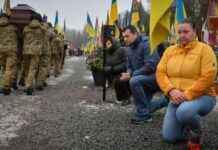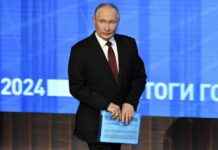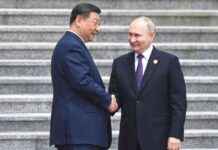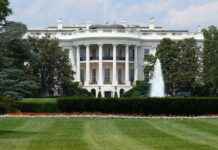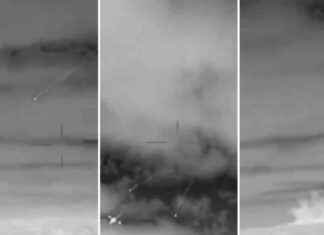In a quaint bakery on the outskirts of Yeghegnadzor, Gohar lovingly molds a cupcake into a map, her hands deftly shaping the dough. She gestures to the surrounding countries, highlighting Armenia’s precarious position as a landlocked nation with only one ally, Georgia, amidst other neighboring nations like Azerbaijan, Türkiye, and Iran. This simple pastry serves as a poignant metaphor for Armenia’s struggle to break free from Russian influence.
The year 2025 marked a significant moment as Russia began withdrawing its troops from Armenia, ending a military presence that had defined the South Caucasus since 1992. The silence surrounding the Russian presence along the border regions, where Armenian and Azerbaijani soldiers maintain a tense standoff, speaks volumes about Armenia’s quest for newfound sovereignty and the reshaping of its security landscape amid ongoing tensions with Azerbaijan.
### Life on the Frontline
Maarten, a resident of a small village near the border, points out the front line, where Azerbaijani soldiers are visible in watchtowers and trenches, a mere 150 meters away. Describing the constant tension as an “incessant ballet of troops,” Maarten reflects on the dangers of living in such a volatile region. Despite the risks, his commitment to Armenia is unwavering, a sentiment echoed by many others in the village who remain tight-lipped about the visible Russian military presence.
As we traverse the border between Armenia and Azerbaijan, passing through a complex military landscape, the remnants of Russian influence are starkly visible, with watchtowers preparing for departure. The road winds through a territory fraught with tension, lined with Armenian bunkers on one side and Azerbaijani positions on the other.
### City at the Crossroads
Yeghegnadzor, the capital of the Vayots Dzor province, stands at a pivotal moment in history as Russia begins its withdrawal from strategic regions. Armenian soldiers patrol the streets, armored vehicles hidden in the shadows, creating an atmosphere heavy with anticipation and uncertainty. The departure of Russian troops has opened the door for the European Union to step in, with the EU Mission in Armenia (EUMA) taking over responsibilities once held by Russian forces.
In Gohar’s small pastry shop, resentment towards Russia’s presence is palpable. Despite claims of protection, many locals feel abandoned by Moscow and are looking towards their European allies for support and guidance. This shift marks a significant turning point in Armenia’s foreign relations.
### The Great Withdrawal
The withdrawal of Russian troops from key regions in Armenia was the result of careful diplomacy and marked a significant rift between the two former allies. Armenia views this move as a victory in asserting its sovereignty and independence, breaking free from years of subservience to Moscow. The relationship between the two nations began to deteriorate during the 2020 Nagorno-Karabakh war, as Armenia felt betrayed by Russia’s inaction in the face of Azerbaijani advances.
Armenia’s pivot towards the West, particularly the European Union and the United States, has been a strategic move to diversify its security partnerships. The EU’s growing role in Armenia, marked by the presence of EUMA patrols and civilian monitors, has provided a sense of reassurance to many Armenians amidst the shifting geopolitical landscape.
As the sun sets over the mountains, soldiers continue to stand guard, the flags they watch over having changed. Armenia’s journey towards independence has begun, signaling a new chapter in the nation’s history as it navigates between empires and forges its own path forward. The world watches with bated breath to see if this small nation can successfully chart its course amidst the complexities of the South Caucasus.


